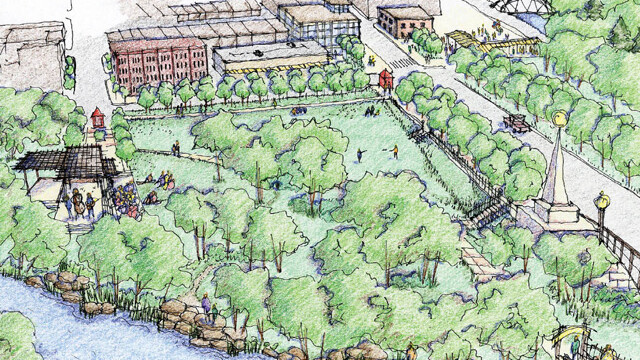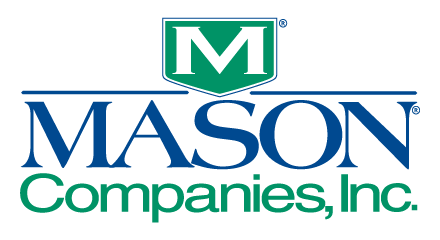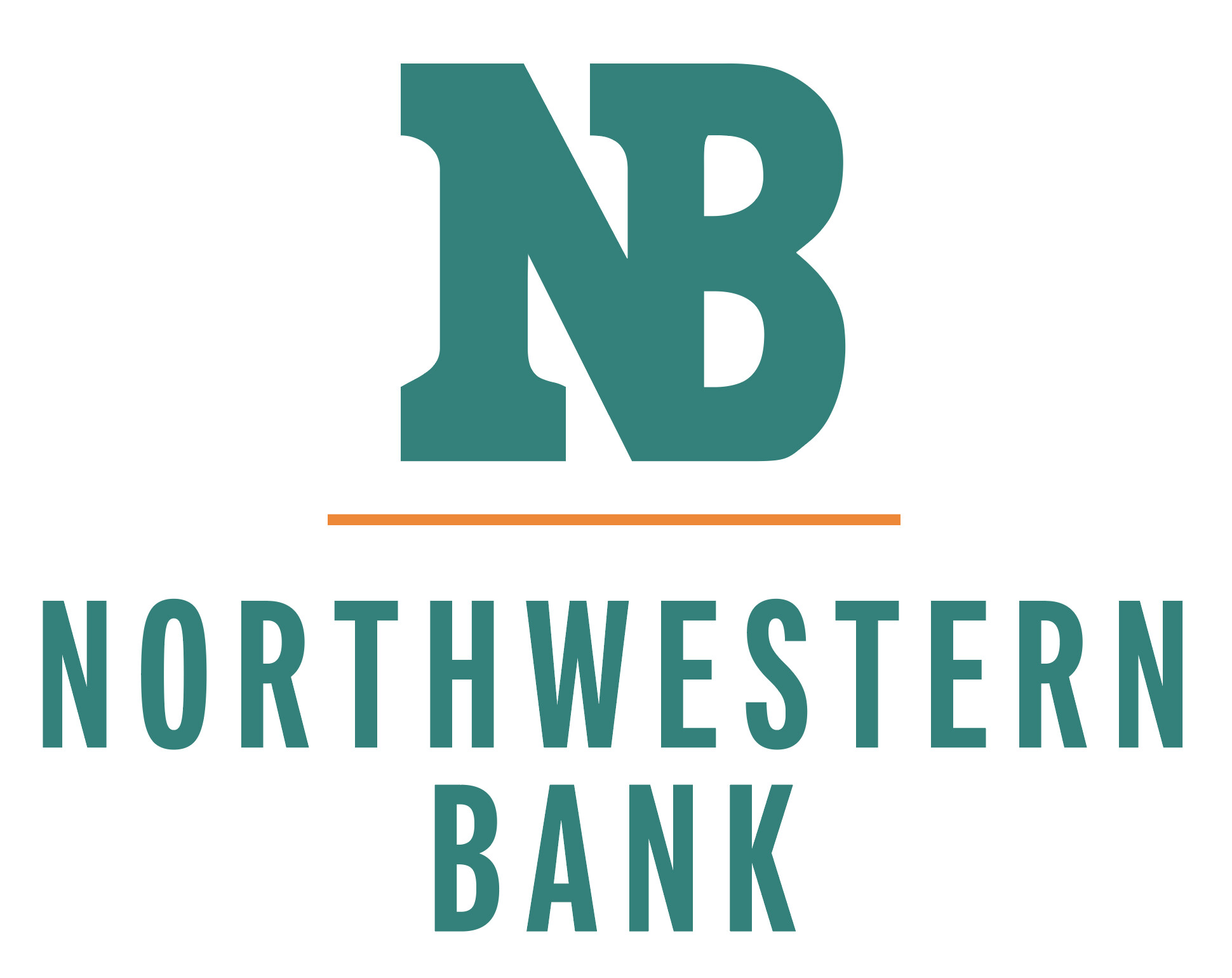Through the Front Door
the newly planned gateway to Chippewa’s downtown

As has been the practice for years, many cities use nearby waterways as their “back doors,” with rivers and streams acting as transportation routes for industrial businesses. Similar to what Eau Claire is doing with its downtown, Chippewa Falls plans to turn its waterway into the city’s “front door” by transforming a 10- to 15-acre area of riverfront property along Bridge and River streets into revitalized park and commercial space. Doing so, the city predicts, will position Chippewa Falls for years of growth and improvement.
“We’re not just doing it to make a park. We’re doing it so the park will stimulate other property owners to invest in properties and do other things, and that’s what we’re seeing now.” – Chippewa Falls City Planner Jayson Smith
“The potential is astounding,” said Jayson Smith, Chippewa Falls City Planner. “This will dramatically change the entrance to Chippewa Falls.”
The city first established its desire to revitalize the entrance in the 1999 comprehensive plan, but the recent Highway 29 Bypass completion, which reduced the amount of truck traffic downtown, gave the city its opportunity to take action. A resolution to move forward was formerly adopted in 2007; since then, the city has purchased five properties, demolished three buildings, and has another scheduled to be demolished this spring. With the completion of the lift station and collection system upgrade in 2010, the city was also able to blacktop a retention pond and free up more needed riverfront property. All of these steps bring residents closer to enjoying what could soon be significant park space with an amphitheater, farmers market, and improved water access; new buildings, street trees, and pedestrian crossings on River and Bridge streets; and two-way traffic on Bridge Street between Spring and River. There are even plans for a roundabout at one of the main intersections.
“Almost all of the properties we’re changing are vacant, not being used, or are underutilized,” stated Smith. “We’ve been working on this and assembling the property and pushing to do this for years, and we’re not doing it just to make a park. We’re doing it so the park will stimulate other property owners to invest in properties and do other things, and that’s what we’re seeing now.”
The city is working with Chippewa Falls-based engineering firm SEH Inc., La Crosse private developer Warren Loveland, and a third party yet to be identified. Loveland’s plans include demolishing the Plaza Building at 105 N. Bridge St. and renovating the Hong Kong House at 15 Spring St., creating commercial space on the first floors and apartments on upper floors. SEH plans to build and relocate to a new office building next door to Three Flags on Spring Street, bringing with them 70-90 employees. A third party may develop the Empire Building on Spring Street. The city is also contemplating a farmers market for the lot on West River and Bridge and parking for the market at 13 N. Bridge St. Finally, the city is in the process of acquiring property at 28 S. Bridge St. across from Allen Park, the railroad property that runs behind Chippewa Valley Roof and Siding to the river, and the former Mason Shoe Building at 228 W. River St.

All this development requires substantial funding. The city council recently approved a resolution to apply for two Community Development Block Grants. The city is expecting to receive between $400,000 and $700,000 from each. They’ll help fund the acquisition, demolition, and construction of new buildings where the Plaza building and Hong Kong House are. Funding for the rest will be in the form of equity from the developers, additional grant money, and substantial loans from the city to the developers.
“It’s going to take big public subsidies to make this project happen,” said Smith, explaining that current rents in downtown Chippewa Falls cannot pay for the type of debt service that’s required if developers were to do these projects on their own. Similar to what happened with the Phoenix Park Neighborhood, however, owners of newly redeveloped property in Chippewa Falls will be able to collect more once their property is worth more. That, in turn, will positively affect other property owners nearby, and future development may not need public subsidies at all. “We hope to see a spin-off effect on other property owners in the area. We’re hoping other property owners will fix up their businesses as well, to go along with what everyone else is doing. Ultimately, this will change the marketplace in downtown Chippewa Falls.”
Prior to the next council meeting, the city will meet with Ayres Associates to finalize a financial plan for the project – what they’d have to borrow, how they’d structure the debt, and how they’re repay it. On January 12, the council will meet to review the financial plan, and from there the city will decide what happens next.
“A lot of people are nervous now about the amount of public money going into this and how we’re going to finance it, but those questions will be addressed over the next few weeks,” stated Smith. “It’s serious money for a serious change … and we’re going to figure out how to do it.”

